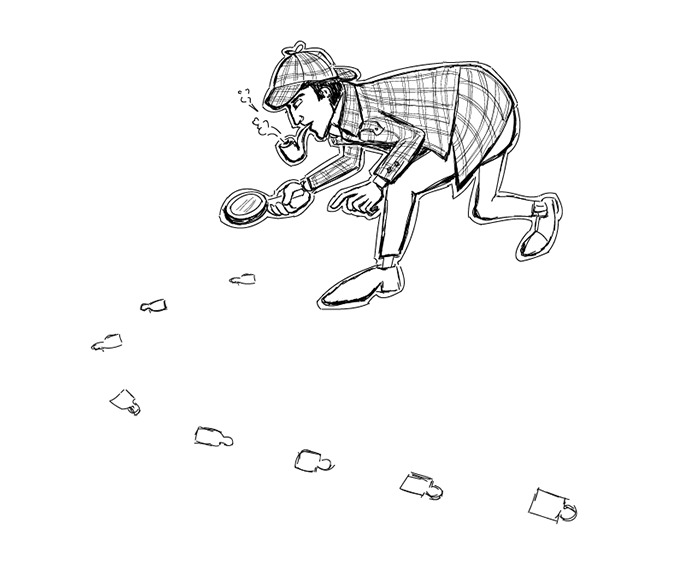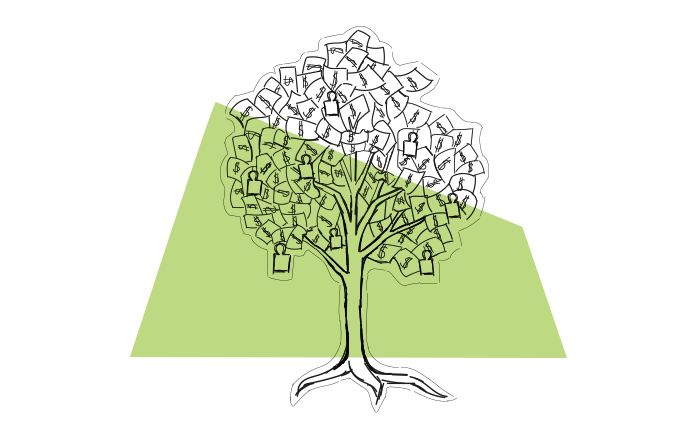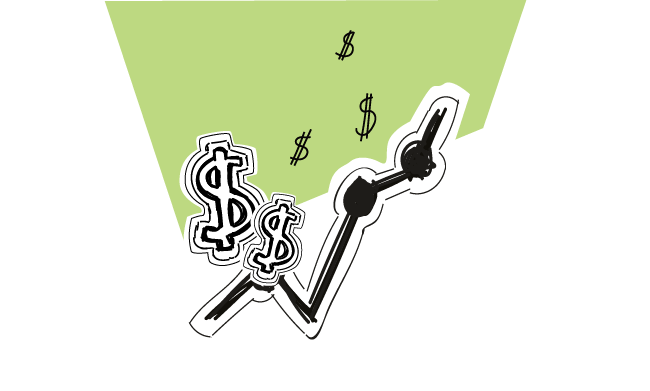It was another regular team meeting. Except it wasn’t regular, as we had just decided to pivot.
From a widely available workout plan design service to SaaS exclusively for personal fitness trainers.
And what is the first thing to do when you decide it’s time to pivot? Obviously, you need customer interviews — you need to ask people if they would be interested in your new idea.
But we couldn’t just go and ask people on the streets, as we were 8 time zones away from our prospects. And the easiest way to contact your prospects (even on the same continent) is to send them an email.
“Ok, sounds like a plan. All we need is a short, simple, polite, non-intrusive email that will get us some interviews with potential customers and let us move forward with our new idea. Yeah, so there is like 15 minutes left till the end of the meeting…
So let’s think of what we’re going to write and then we will write tomorrow and send on the next day, right? Wrong. Let’s just put a couple of sentences together and send them to several people just to check if they respond.”
We composed a four-line email including only the gist of our idea and a short CTA (call to action) at the end: “If you’re interested, drop me an email.”
It took about ten minutes from typing the first word to pressing the ‘Send’ button. Ok, that was quick. Now all we had to do was wait for some replies. “Some”, huh, ONE would be great for starters! We thought if we got replies to 2 or 3 out of 10 sent emails — that would be awesome. Well, considering the fact that we spent like 10 minutes writing the email, we shouldn’t expect… <Ding-ding>
(Ok, I know “ding, ding” is not what an incoming email sounds like, but what does it sound like, really?)
…
And that’s how we got a reply to our first cold email. 3 minutes after we sent it. 13 minutes after we thought, ‘Hmm, ok, maybe we could send a cold email?’. The reply was: “I might be…send me some stuff on it.”

Ok, it isn’t one of those dazzling stories of “How We Earned 100K in a Month”, or “How We Got Ourselves a Thousand Users Overnight”. That’s a story of a beginning.
We had just an idea and a piece of underdeveloped software we could adapt for the new purposes. What we did was: asked first, developed next. After the first reply we got some more. Then we sent more emails asking for opinion and some professional advice, and got more replies. That’s how we got our first 10 interviews with experts in the field and prospects.
Then we sent more emails with some detailed questions, and got more replies. That’s how we did our research and discovered the needs of our prospects. That’s how we found a direction for the development of our new software.
We needed customer interviews to check whether our idea holds ground in the business sense. But there are other ways you can use such interviews to get your SaaS business up and running.
What can you use customer interviews for in SaaS?
You may think you’re idea will sell well, but the truth is as long as you’re only thinking about it in your meetings, you’re not going to be able to determine if it’s true. You need to take it out and show it to people – who are, possibly, not your friends and family, but potential customers.
And even though there are various ways to collect their insights, in my opinion nothing beats a good ol’ customer interview.
Apart from validating a business idea, which we did, you can conduct customer interviews to gather the customers’ opinions on the new features you rolled out, interface changes you made or to ask them what features they’d like to see in your app in the future.
While questions for both feature-related topics can, obviously, be asked only after you have an app that works, the validating-your-idea one should be asked at the very beginning, before you have a market-ready app. Why?
- it’ll save you money in the long run
- you’ll develop an app that people actually need and WANT to use
If you can get a glimpse of what your (prospective) customers are thinking, you’ll be able to save precious time, money and build a great service.
And that’s a pretty good start, isn’t it?
What’s in it for you?
I’d like you to remember three things from the story of our beginning.
One: If you’ve got a great idea for an app or service – send some emails first to check how great the idea really is in the eyes of your potential users. Don’t wait till you’ve got it all set up. Ask first, develop next.
I know it seems a bit ‘easier said than done’. I know it seems difficult when you realize how much work you have to do before you even start developing your idea. We felt that, too. But in the long run it was so worth it.
Two: If you haven’t seen cold emails as something more than a way of marketing, then stop right there and give it some more thought. Email is a good way to the ‘asking first’ part. You can cold email waaay before you start your first marketing campaign.
Three: If you are to write an email, put a few short and concise sentences together and send away. ‘Easier said than done’ again, huh? Look, the truth is that we could take 10 minutes to put together a nice email, because we had some previous experience with sending cold emails (well, at least some of us).
And yes, putting the right words together isn’t easy, especially if you’re about to reach out to someone who hasn’t got the haziest idea who you are and what you want from them. That’s why so many people don’t believe cold emailing works. It takes time to be able to write effective cold emails in ten minutes. And you can only get there with lots of practice.
Did we know that the email we sent was going to work? No! We wrote it and sent it to see what we would get in return. Then we concluded, improved, and tested again.
Why cold emails?
We got ourselves authentic first-hand research materials, a number of beta testers, some precious relationships with fitness pros (some of whom became our regular advisors later). We got hundreds of trial accounts and our first premium users. And all these we got with cold email. Not a penny spent on research and ads (oh, by the way, we’re a bootstrap).
It wasn’t just with the first message we put together in 10 minutes, of course. For over two years, we’ve sent thousands of messages to our prospects. We changed the words, the length, the tone, the purpose. We tested, concluded, and tested all over again.
If you’re interested in seeing what a process of conducting customer interviews via email looks like (and how you can do it yourself), check out this blog post:
SaaS customer interviews: How to carry them out & what you can learn>>
***
Want to learn how to write effective cold emails?
Step-by-step tutorial on writing cold emails that worked for us >>
READ ALSO

How to Start B2B Cold Email Outreach?
Here's what it usually looks like: we read Predictable Revenue by Aaron Ross, we read some articles by people who have succeeded in doing cold email, we download some PDFs from the people who have gained lots of new customers and partners for their businesses thanks to cold emails. We soak up all the theory until one day we think to ourselves: ok, now it's time for practice. Sooo, where do I start... I mean, what do I do literally? This post proposes an answer to this crucial question.

How to find your first prospects’ email addresses
Finally, your new SaaS business is about to kick off. You have the MVP ready. Your website is live. All you need now are… the customers. How to get your first clients? You could wait for them to find your website on Google, but that takes time, and time is money. You can try to attract them with ads, but that’s a pricy option when you’re a bootstrapped startup. You can also make use of one of the very few free things in business - emails - and directly reach out to the people who you’d like to be your clients. That’s the option we went for when we were developing our first company that gave rise to Woodpecker. In this blog post, I’d like to tell you a story of how we found our first prospects’ email addresses.

How to Hack Your SaaS Business Growth? Tips from Larry Kim
Is there a proven formula to grow a company into a million-dollar business? I’m afraid not. But simply learning from the best players and replicating their strategies can get you on the right track.

